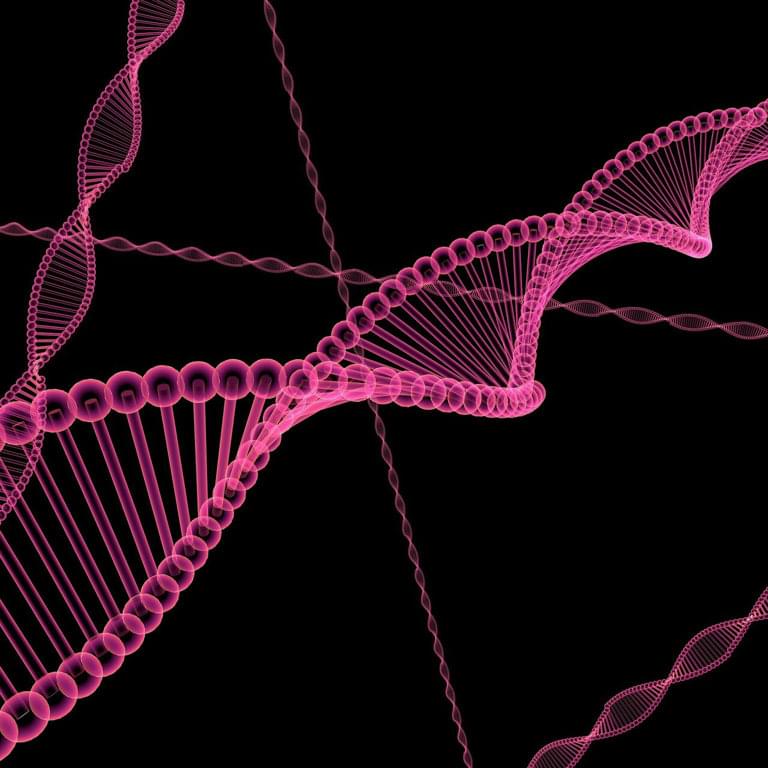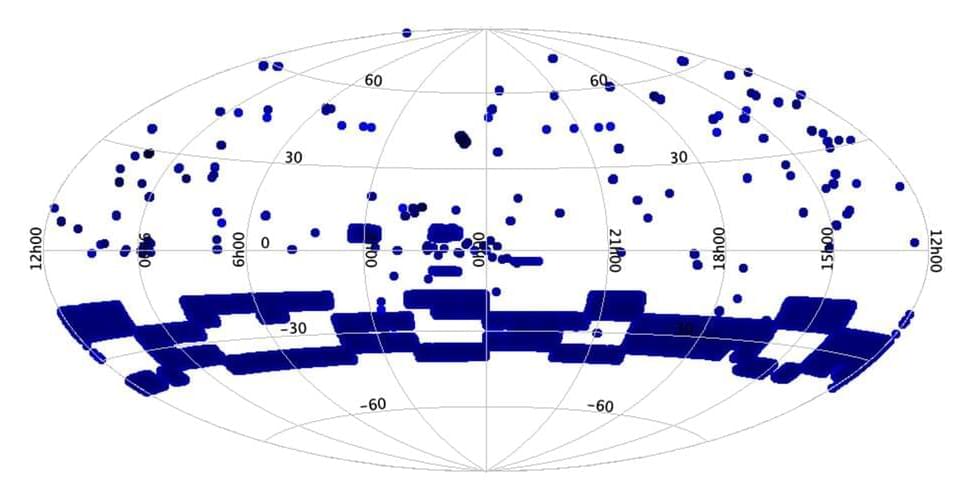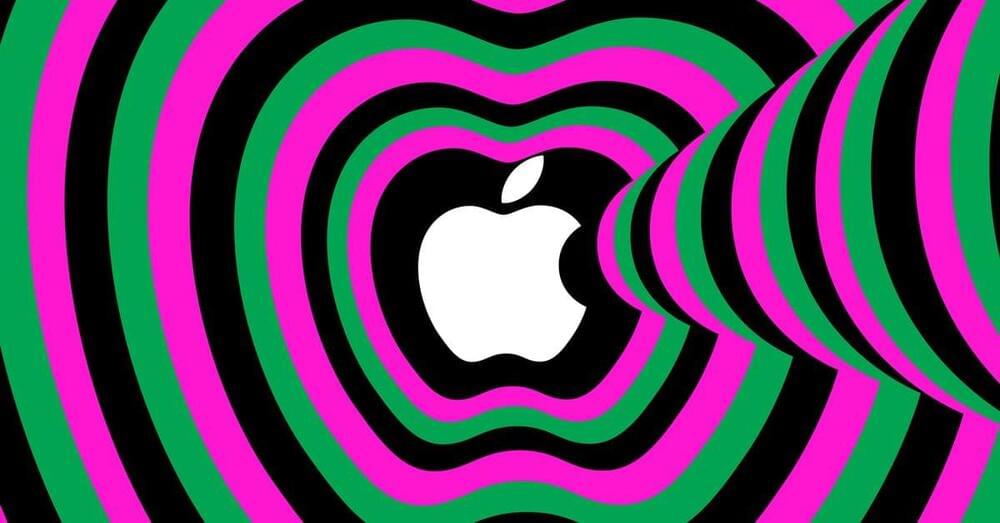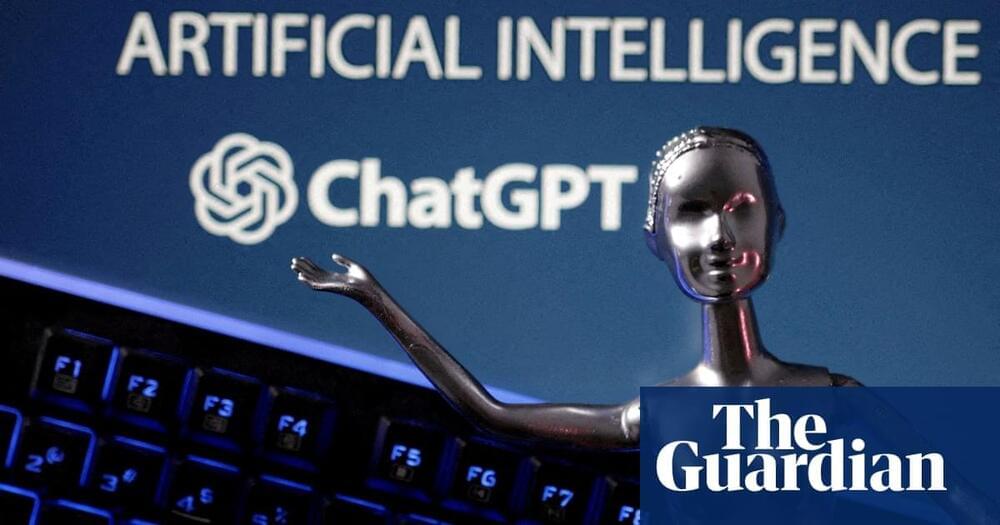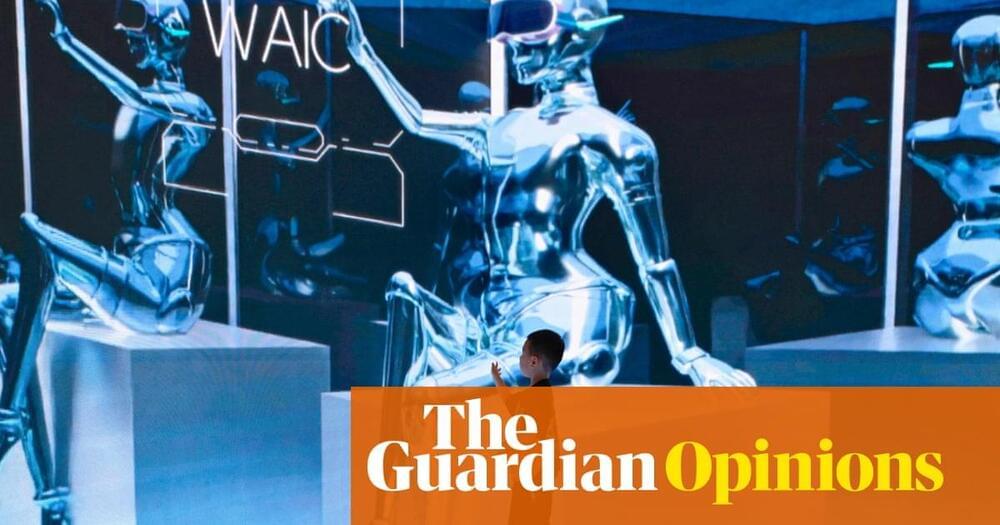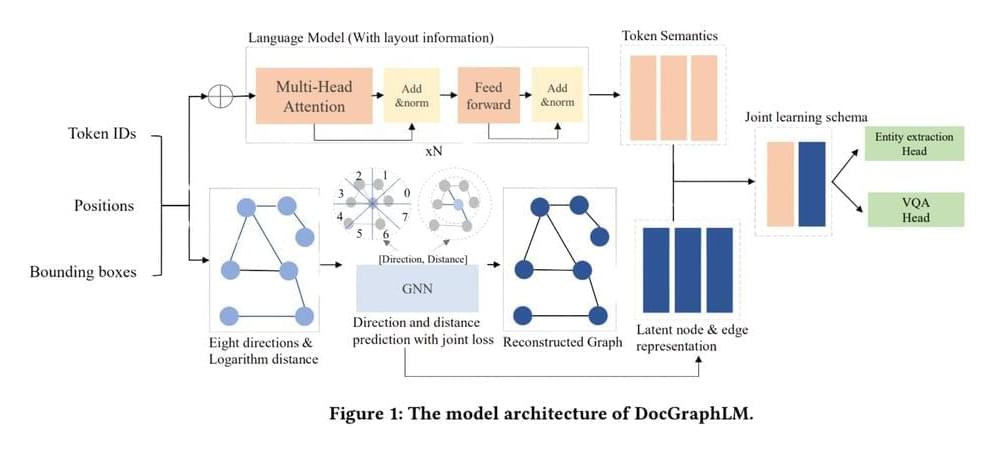Every time a cancer cell divides, it sustains damage to its own DNA molecules. Researchers, including Gaorav Gupta, MD, Ph.D., associate professor in the Department of Radiation Oncology at the UNC School of Medicine, have long wondered how cancers are able to evade detection by the body’s own defenses, despite the immune system being on constant watch for cells displaying DNA damage.
As the Post Office debacle has amply demonstrated, putting blind faith into a new form of technology can be perilous.
January 8, 2024, Mountain View, CA — In a groundbreaking cosmic quest, the SETI Institute’s Commensal Open-Source Multimode Interferometer Cluster (COSMIC) at the Karl G. Jansky Very Large Array (VLA) is expanding the search for extraterrestrial intelligence (SETI). This cutting-edge technology is not a distinct telescope; it’s a detector. COSMIC searches for extraterrestrial signals and paves the way for future science using a copy of the raw data from the telescope’s observations. At the heart of COSMIC’s mission is pursuing the age-old question: Are we alone in the universe? Project scientist Dr. Chenoa Tremblay and the team detailed the project in a paper published in The Astronomical Journal.
What sets COSMIC apart is its adaptability to the future. The system is designed for future upgrades, ensuring it remains at the forefront of cosmic exploration. With the potential to expand its capabilities, COSMIC could soon cover more stars, explore new frequencies, and enhance our understanding of the vast cosmic tapestry. It is important to note that COSMIC’s capabilities go beyond searching for extraterrestrial intelligence. Future upgrades could unlock new explorations, from finding fast radio bursts with a submillisecond temporal resolution to studying spectral line science and axionic dark matter.
“COSMIC introduces modern Ethernet-based digital architecture on the VLA, allowing for a test bed for future technologies as we move into the next generation era,” said Tremblay. “Currently, the focus is on creating one of the largest surveys for technological signals, with over 500,000 sources observed in the first six months. However, the flexibility of the design allows for a wide range of other scientific opportunities, such as studying fast radio burst pulse structures and searching for axion dark matter candidates. We hope to open opportunities for other scientists to use our high time (nanoseconds) or our high spectral resolution (sub-Hz) to complete their research. It is an exciting time for increasing the capabilities of this historic telescope.”
A Bloomberg report says Apple gave its San Diego Siri AI workers until the end of January to decide if they’re willing to move to its Austin, Texas campus.
121 Apple workers have until the end of January to choose.
Rishi Sunak needs to decide whether he wants to back the UK’s creative industries or gamble everything on an artificial intelligence boom, the chief executive of Getty Images has said.
Craig Peters, who has led the image library since 2019, spoke out amid growing anger from the creative and media sector at the harvesting of their material for “training data” for AI companies. His company is suing a number of AI image generators in the UK and US for copyright infringement.
Beijing set the goal of being the global AI leader by 2030, but that was before the emergence of ChatGPT
Of the many events that stand out as noteworthy in online discussions across Chinese social media in 2023, it’s perhaps the rise of ChatGPT that will prove to be the most significant.
Chinese artist responds to debate about data-scraping as he prepares for new collaboration with AI.
New sleep technology was a trend at CES 2024, and health company DeRucci showcased its new line of smart bed products — including a pillow to combat snoring.
At CES 2024, a Chinese-based company presented what it claims is the first smart, antisnoring pillow.
There is a growing need to develop methods capable of efficiently processing and interpreting data from various document formats. This challenge is particularly pronounced in handling visually rich documents (VrDs), such as business forms, receipts, and invoices. These documents, often in PDF or image formats, present a complex interplay of text, layout, and visual elements, necessitating innovative approaches for accurate information extraction.
Traditionally, approaches to tackle this issue have leaned on two architectural types: transformer-based models inspired by Large Language Models (LLMs) and Graph Neural Networks (GNNs). These methodologies have been instrumental in encoding text, layout, and image features to improve document interpretation. However, they often need help representing spatially distant semantics essential for understanding complex document layouts. This challenge stems from the difficulty in capturing the relationships between elements like table cells and their headers or text across line breaks.
Researchers at JPMorgan AI Research and the Dartmouth College Hanover have innovated a novel framework named ‘DocGraphLM’ to bridge this gap. This framework synergizes graph semantics with pre-trained language models to overcome the limitations of current methods. The essence of DocGraphLM lies in its ability to integrate the strengths of language models with the structural insights provided by GNNs, thus offering a more robust document representation. This integration is crucial for accurately modeling visually rich documents’ intricate relationships and structures.
In today’s column, I will examine closely the recent launch of the OpenAI ChatGPT online GPT store that allows users to post GPTs or chatbots for ready use by others, including and somewhat alarmingly a spate of such chatbots intended for mental health advisory purposes.
OpenAI has launched their awaited GPT Store. This is great news. But there are also mental health GPTs that are less than stellar. I take a close look at the issue.
